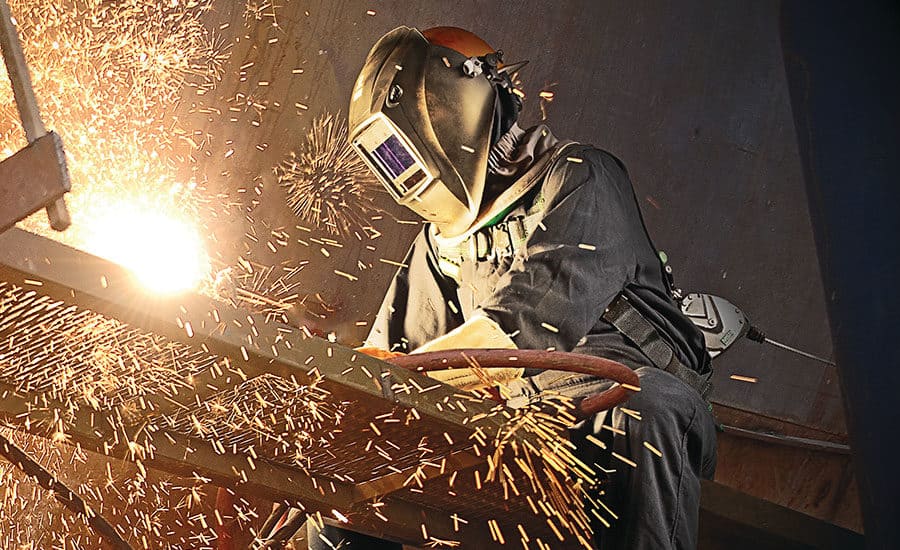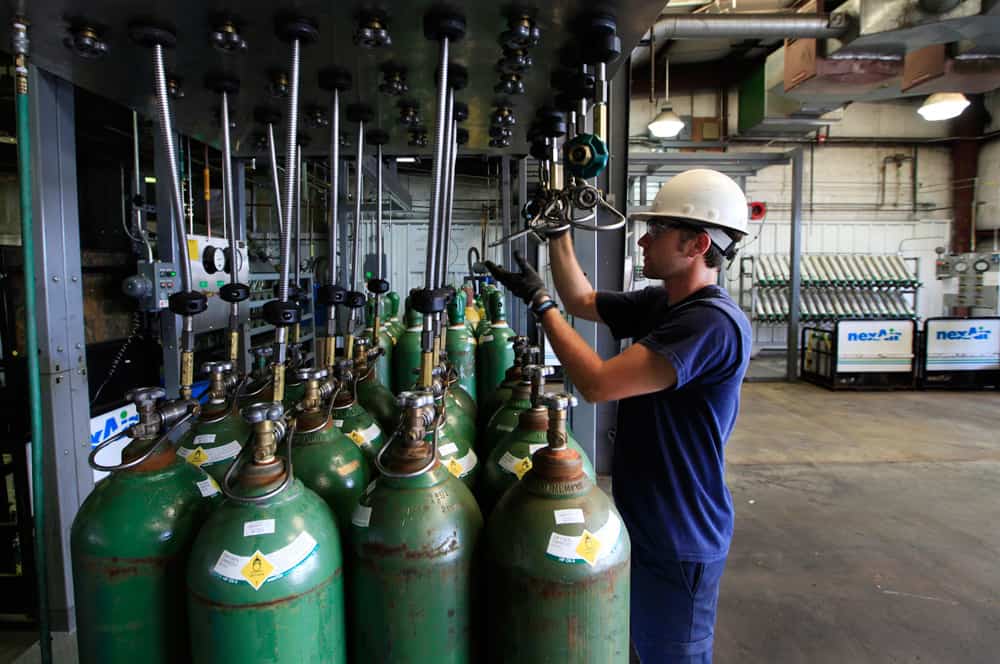What You Need to Know About Welding Gases and Their Applications in Various Industries
Welding gases are key in everything from construction and manufacturing to aerospace and automotive production. They influence weld strength, precision, and efficiency, making choosing the right gas for each application important. Different gases have unique properties that impact the welding process and final product, whether used for shielding, cutting, or purging.
nexAir provides welding gases tailored to various industries, ensuring reliable performance and consistent results. Understanding how these gases work and where they’re used can help welders and businesses make better choices for their specific needs.
The Role of Gases in Welding
Shielding gases protect the molten weld pool from contamination, preventing oxidation and porosity that can weaken the weld. Cutting gases help create clean, precise cuts while purging gases ensure a smooth weld when working with materials like stainless steel. The right gas blend can improve arc stability, reduce spatter, and enhance overall weld quality.
Some of the most commonly used welding gases include:
- Argon – Used in TIG and MIG welding, argon provides a stable arc and prevents oxidation, making it ideal for aluminum and stainless steel.
- Carbon Dioxide (CO₂) – A common choice for MIG welding, CO₂ offers deep penetration but can create more spatter than mixed gases.
- Oxygen – Often blended with other gases, oxygen enhances arc performance and penetration for specific materials.
- Helium – Known for increasing heat input, helium is used in TIG and MIG welding for thicker materials or applications requiring higher travel speeds.
- Acetylene – Primarily used in oxy-fuel cutting, acetylene burns at high temperatures and is ideal for metal fabrication.
Welding Gases Across Different Industries
The type of gas needed depends on the industry and specific welding application. Different sectors rely on welding gases for their unique properties, ensuring strong, reliable welds across a variety of materials.
- Manufacturing and Fabrication – Many production lines use MIG and TIG welding with argon, CO₂, or mixed gases to maintain consistency and efficiency.
- Automotive Industry – High-strength welds are required for vehicle frames and components, often using shielding gases to prevent oxidation and defects.
- Aerospace – Precision welding is critical for aircraft components, with high-purity argon and helium blends ensuring clean, reliable welds.
- Construction and Infrastructure – Large-scale welding operations in bridges, pipelines, and steel structures depend on strong penetration from CO₂ and oxygen-enhanced blends.
- Shipbuilding – Corrosion-resistant welding is essential for marine applications, requiring specialized shielding gases to protect against contamination.
How nexAir Supports Welding Gas Applications
Getting the right gas isn’t just about choosing the right type—it’s also about reliability and consistency. nexAir provides a steady supply of high-quality welding gases, ensuring welders always have what they need to get the job done. Our teams expert KnowHow™ helps customers select the best gas for their applications, whether they need shielding gases for precision welding or cutting gases for heavy fabrication.
Better Welds Start with the Right Gas
Selecting the right welding gas improves efficiency, reduces defects, and leads to stronger, cleaner welds. By understanding how different gases work and where they’re used, businesses can make informed decisions that improve their welding process.
nexAir offers high-quality gases designed for many industries, helping welders Forge Forward with confidence and consistency. Learn more about our welding gas solutions and find the best fit for your next project.
Don't see what you're looking for?
Everything we offer is a click away and it will arrive before you know it.




